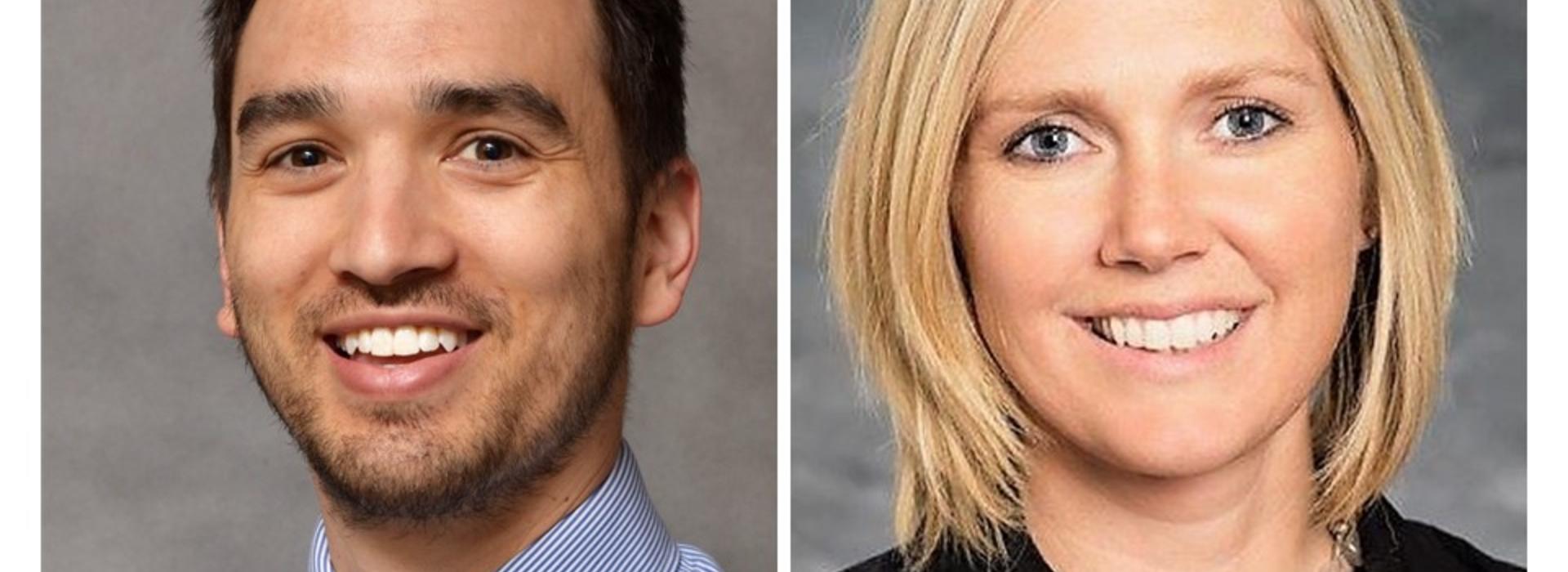
Telestroke already helping Minnesotans, getting ready to help even more
More than 600 patients have been treated during the M Health Fairview telestroke rollout since it began more than a year ago. Telestroke enables M Health Fairview stroke experts to evaluate and diagnose patients remotely using video equipment.
“In the emergency department, it’s the classic telestroke model,” said Christopher Streib, MD, M Health Fairview Cerebrovascular Director. “We see patients on camera and can get intravenous clot buster medication started and ascertain quickly whether surgical removal of a blood clot is required. These treatments can reverse stroke symptoms, whereas delays or misdiagnosis can lead to permanent neurologic injury.”
Telestroke providers work with the ER 24/7 at Fairview Ridges (Burnsville), Grand Itasca (Grand Rapids), Lakes (Wyoming) and Range (Hibbing) and overnight at Southdale (Edina). The service will be rolled out to the West Bank facility in Minneapolis this month (January 2020) and to Northland (Princeton) in February.
Streib has been invited to update the global stroke community about the telestroke work being done throughout M Health Fairview. In addition to patient care, the telestroke team has been participating in what’s known as the TELECAST (Telestroke for Comprehensive Stroke Care in Acute Stroke-Ready Hospitals) study. Streib will present the study’s initial findings through a moderated poster presentation during the February 2020 International Stroke Conference in Los Angeles.
Telestroke puts stroke specialists in hospital emergency rooms that would otherwise not have them. “Although the most severe stroke patients still need to be transferred to a comprehensive stroke center, most stroke patients do not require this intensive level of treatment,” said M Health Fairview Cerebrovascular Services Manager Sarah Engkjer, MA, RN. “For example, our early data showed that patients at Fairview Ridges, our first inpatient telestroke program, got the same high level of stroke care in their own local hospital that they would at one of our comprehensive stroke centers.” Engkjer noted that the inpatient telestroke program reduced patient transfers from more than 50 percent to less than 20 percent since its inception.
Although inpatient services were initially rolled out with the M Health Fairview Telestroke Program, the emphasis will shift to emergent stroke cases in early 2020. “We wanted to focus on standardizing stroke care across the system,” said Engkjer. According to an announcement about the change, this will enable the program to “begin development of a standard care pathway for both ischemic and hemorrhagic stroke to be used across our system. This care pathway will enhance the quality of all stroke care across our system, improve patient outcomes and safety, improve patient and provider satisfaction and optimize use of resources.”
Completion of this work is scheduled for third quarter 2020 and then the focus will shift back to inpatient care.



